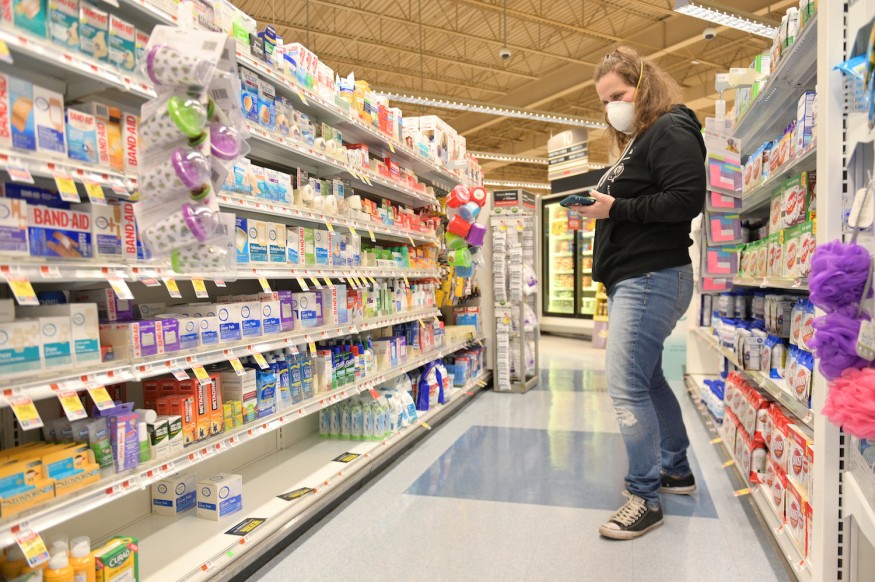Food, Primary Item that Americans Used Their Stimulus Checks On

Food was the primary item that Americans spent the stimulus checks that they received due to the COVID-19 pandemic.
The CARES Act provided each American adult of up to $1,200 and each child under 17 years old $500 during the spring.
Otherwise known as the coronavirus stimulus checks, the checks were a one-time cash payment for Americans who had lost their jobs due to the COVID-19 pandemic.
In a survey conducted by the government on consumer spending, two-thirds of the consumers answered that they spent 66 percent of their stimulus checks on food, according to an article on CNBC.
The second-highest spending of the stimulus checks was on utilities and telecommunications at 50 percent, while 3 percent was on recreational goods.
How the Americans spent their stimulus checks depended on their age and their employment status.
Based on the Bureau of Labor Statistics, 81 percent had lost their income since March, when pretty much everything was shut down due to the pandemic.
These unemployed Americans said that the stimulus checks that they received would mostly go towards expenses, especially food, rather than going to the savings or paying off debts.
In an article on the Business Insider, stimulus checks the highest spending were on takeout and delivery food.
This was consistent with a survey done before the stimulus checks arrived. Most people said that they would spend their stimulus checks on food, groceries, and pay off the bills.
While most said that they would also rather spend their stimulus checks on food than putting it towards savings, the impulse to save is still high not only among people who usually save but also among people who label themselves as spenders a survey done CNBC.
From last year's 54 percent, the savers have gone up to 60 percent based on the survey.
Nearly half of the spenders said that they have now become savers due to the COVID-19.
Senior vice president and senior policy director for the Committee for a Responsible Federal Budget, Marc Goldwein, said that August surprisingly saw a resilient economy despite the stimulus checks and extra unemployment funding running out in July.
And the reason for this is because people were able to save during the spring and summer months.
According to a report on the Latin Post, Americans have cut back on their grocery spending, especially that a second stimulus check is still in limbo.
The checks had helped consumer businesses stay open and rightfully so because, according to Goldwein, the stimulus's objective was to get people to spend.
However, Americans are cautious with their spending now, especially since there is still no end in the pandemic.
With that, Goldwein said that the big goal now is to get people to stay solvent.
With Americans spending less even on food, they might just be able to do that.
Check these out:
Stimulus Checks Put on Hold Prompts Americans to Spend Less on Groceries
Additional $300 Weekly Unemployment Checks to End as Soon as Next Week
Stimulus Letters Bound to 9 Million People Who Have Not Yet Been Paid
Subscribe to Latin Post!
Sign up for our free newsletter for the Latest coverage!
© 2025 Latin Post. All rights reserved. Do not reproduce without permission.













